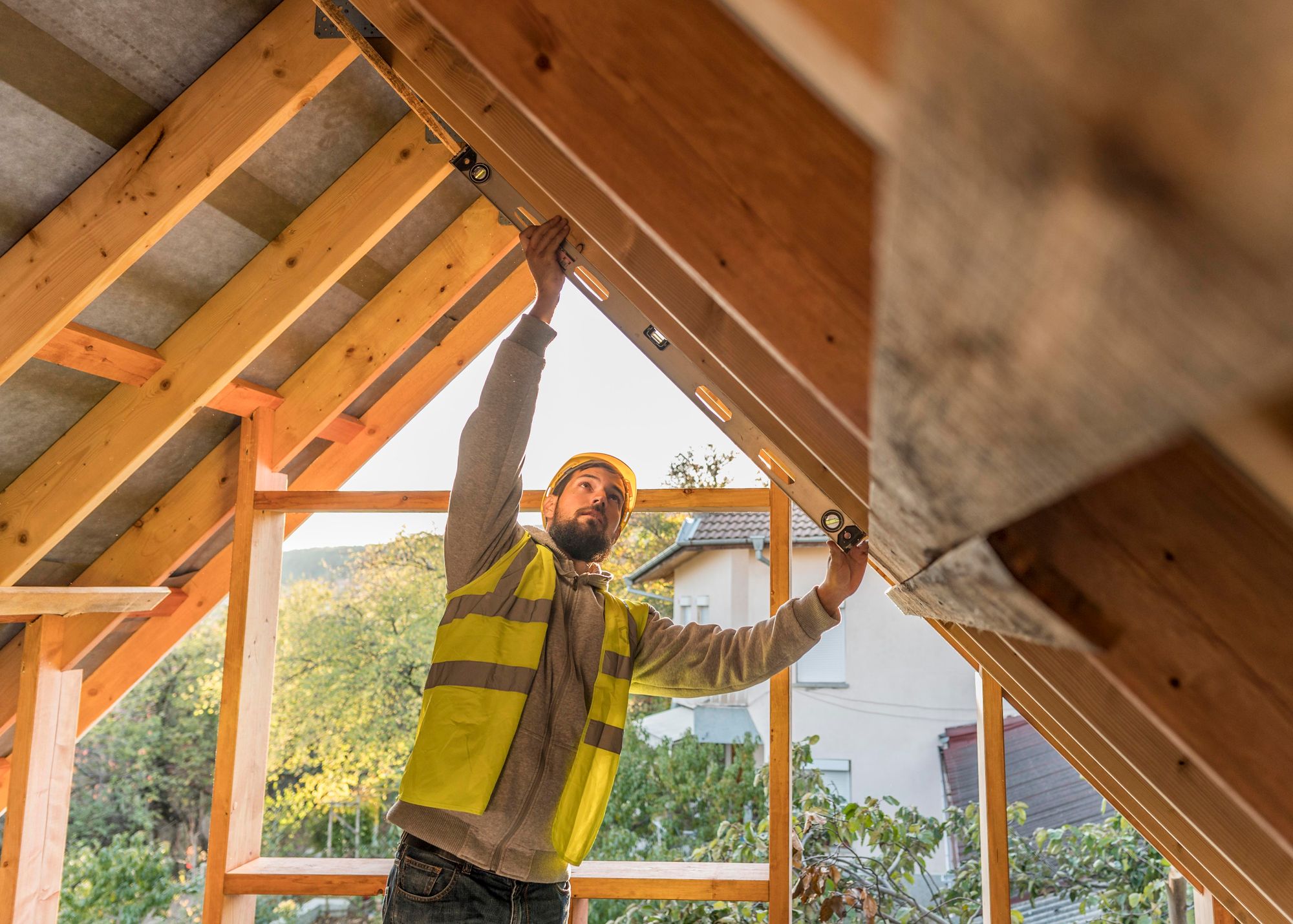Table of Contents:
- Introduction
- Step-by-step Guide to Attic Remodeling
- Criteria for Attic Conversion
- Attic Renovation Ideas and Inspiration
- Average Cost of Attic Renovation
- Understanding the Return on Investment from Attic Renovations
- Maintenance and Care Tips for Attic Renovations
- Frequently Asked Questions (FAQs)
- Conclusion
Key Takeaways:
- Attic remodeling is a popular home improvement project that, with careful planning, can significantly increase the value of your home.
- The process of attic renovation is complex and requires the consideration of structural aspects, building codes, and access issues.
- Not all attics are suitable for conversion. Identifying whether your attic can be converted involves checking for specific criteria.
- Creativity can thrive in attic renovations. From bedrooms to home offices or playrooms, the possibilities are endless.
- The cost of an attic renovation varies greatly depending on the scope of the project, materials selected, and labor charges.
- Despite the costs, an attic renovation can be a worthwhile investment, adding considerable value to your property.
- There are common questions associated with attic renovations. Understanding these can help streamline the planning and execution process.
Introduction:
Renovating an attic into a functional living space has become a popular home improvement project among homeowners. Unused attic spaces often offer a significant amount of square footage that can be transformed into anything from an additional bedroom, a home office, a playroom, or even a luxurious master suite. However, undertaking an attic remodeling project is not a decision to be made lightly. It requires careful planning, budgeting, and a clear understanding of the renovation process.
Attic renovations can greatly improve the functionality of your home, and when done right, can significantly increase its value. However, it's important to note that this type of project is often more complex than other types of home renovations due to structural considerations, building codes, and access issues. In addition, the cost of renovating an attic can vary greatly depending on the scope of the project, materials used, and labor costs.
In this comprehensive guide, we will delve into the world of attic renovations, providing you with a step-by-step guide and cost-effective solutions. Our goal is to equip you with the necessary knowledge and insights to help you successfully navigate your attic remodeling project. Whether you're a seasoned DIY enthusiast or planning to hire a professional, this guide is designed to assist you in making informed decisions throughout the renovation process.
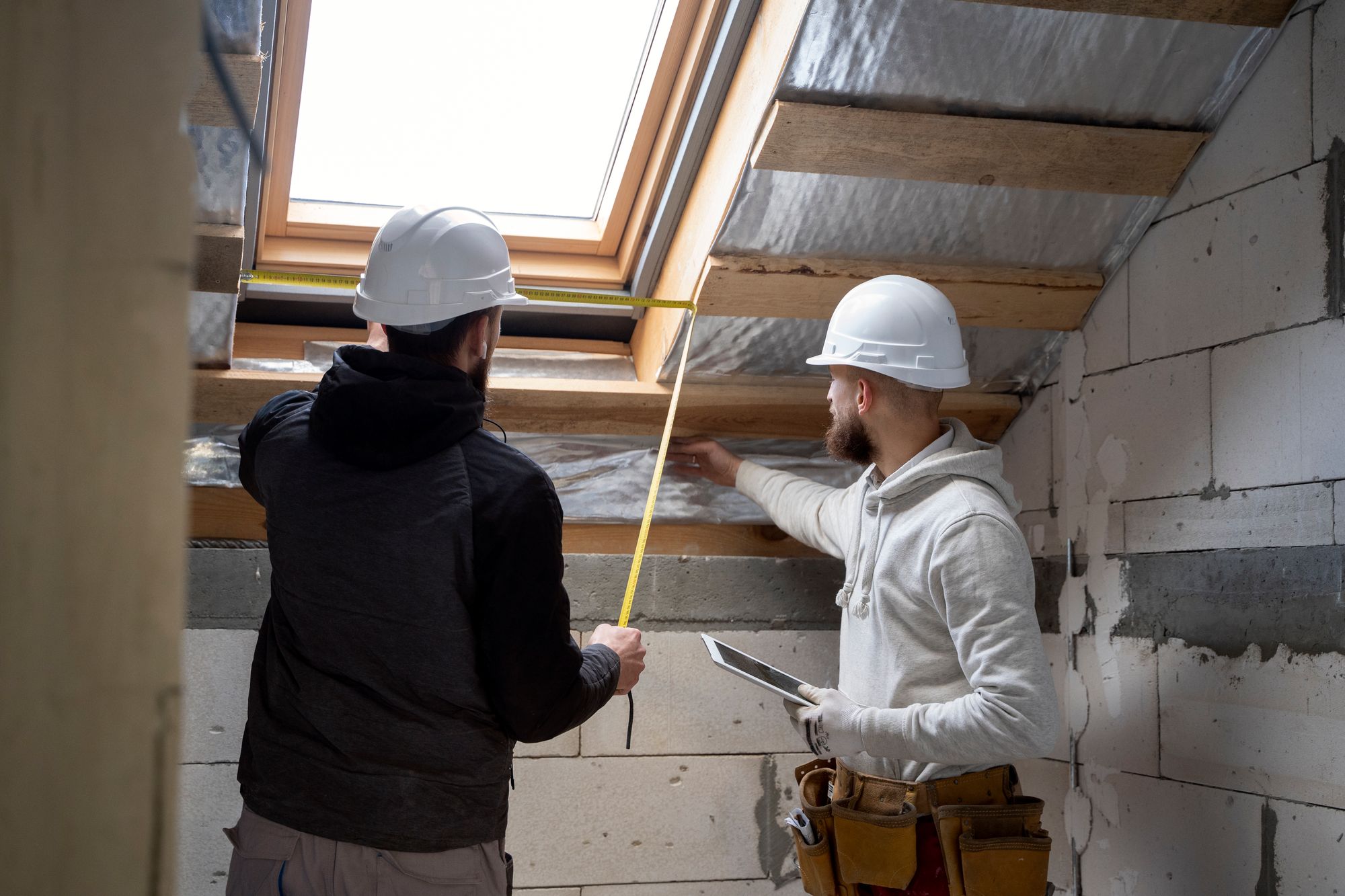
Step-by-step Guide to Attic Remodeling:
Renovating an attic is a complex process that requires careful planning and execution. But with the right approach, it can transform an underutilized area into a beautiful and functional space. Below is a step-by-step guide to help homeowners navigate the attic remodeling process.
- Assess the Attic's Suitability: The first step is to evaluate if your attic is suitable for conversion. Check for necessary headroom, adequate space, and access. Also, consider the placement of utilities like plumbing and HVAC.
- Plan Your Design: Once you've determined your attic is suitable for renovation, start planning your design. Consider the purpose of the space - will it be a bedroom, office, or playroom? Sketch out your ideas or use design software to visualize the end result.
- Hire a Professional or DIY: Depending on the complexity of the project, you may opt to do it yourself or hire a professional. However, it's crucial to consider building codes and permits, which a contractor can usually handle.
- Budgeting: Get an estimate of the project cost. Remember, it's not only about construction. You should also factor in the cost of materials, labor, permits, and unforeseen expenses.
- Obtain Necessary Permits: Before starting the renovation, ensure you have all necessary permits. This step is where a contractor can be incredibly helpful.
- Start Construction: With everything in place, you can now begin the renovation. This process will involve framing, insulation, installing utilities, and lastly, finishing touches like paint and furniture.
- Inspection: After the construction, have everything inspected to ensure it meets all building codes and safety standards.
To illustrate, let's look at the story of a homeowner, John, who successfully renovated his attic. John had a large attic that was underutilized, filled with old boxes and unused items. He decided to convert it into an office space.
John first evaluated his attic, ensuring there was enough headroom and structural integrity for the renovation. He then sketched his design, planning where the desk, cabinets, and other furniture would go. He chose to hire a contractor, who helped him understand the building codes and obtain the necessary permits.
John's contractor provided him with an estimate, which John used to create a budget. He made sure to factor in all costs, including materials, labor, and a contingency for unexpected expenses.
Once the budget was in place, John and his contractor began the renovation process. They framed the space, installed insulation, and brought in utilities. After the construction was complete, everything was inspected to ensure it met all safety standards and building codes.
John's attic is now a beautiful, functional office space that has not only improved his home's value but also provided him with a comfortable area to work from home.
Remember, attic remodeling is a process. It requires time, patience, and careful planning. But with the right approach, the result can be a beautiful new space that adds significant value and functionality to your home.
Regulations and Permits
Navigating the legal landscape of building codes and permits can be one of the most daunting aspects of planning an attic renovation. Understanding and adhering to these regulations is crucial not only for the legality and safety of your project but also for ensuring that your renovation meets local building standards, which can affect your home's value and insurability. Below, we provide a detailed guide on how to navigate these requirements, along with resources that can help you find specific information for your area.
Understanding Building Codes
Building codes are regulations that determine the standards for construction and remodeling within a specific area. They are designed to ensure safety, health, and accessibility in building projects. For attic renovations, these codes typically cover aspects such as:
- Structural Integrity: Ensuring the floor and roof structures can support additional weight.
- Minimum Space Requirements: Specific rules about room sizes, ceiling heights, and square footage.
- Egress: Requirements for safe exits in case of emergencies.
- Ventilation and Insulation: Standards to ensure proper airflow and temperature control.
- Electrical and Plumbing: Codes that govern the installation of new electrical and plumbing systems.
How to Find Local Building Codes and Permits
- Visit Your Local Building Department's Website: Most local government or city websites have a section dedicated to building permits and codes. These resources typically offer downloadable guidelines, application forms, and contact information for department officials.
- Consult a Professional: Architects, contractors, and builders can provide valuable guidance and handle much of the permit application process. Their expertise ensures that the design adheres to all local codes.
- Online Databases: Websites like BuildingCodeHub or CodeCheck offer searchable databases of building codes for different regions.
Steps to Obtain a Permit
- Preliminary Research: Before you begin the design process, understand the basic requirements of your local building codes.
- Professional Consultation: Engage a licensed contractor or architect to create detailed plans that meet local regulations.
- Submit Your Application: Provide your local building department with detailed plans of the renovation, along with any required forms and fees.
- Inspections: Once your permit is granted, your project will typically need to pass several inspections during and after construction to ensure compliance with codes and safety standards.
Resources for Major Cities
- New York City: NYC Department of Buildings provides a resource section specifically for homeowners about renovations and permits.
- Los Angeles: LADBS offers information on permits, codes, and online permit applications.
- Toronto: Toronto Building contains resources for permits, zoning information, and renovation guidelines.
Tips for Smooth Permit Approval
- Plan Ahead: Allow plenty of time for the permit approval process, as it can take longer than expected.
- Be Detailed: Submit clear, detailed construction plans and documentation to avoid delays.
- Follow Up: Stay in regular contact with your local building department to check on the status of your application and address any issues promptly.
By familiarizing yourself with the local building codes and permit requirements, and preparing a thorough application, you can ensure that your attic renovation proceeds smoothly and meets all legal standards. This preparation not only safeguards your investment but also ensures that the renovation process is as stress-free as possible.
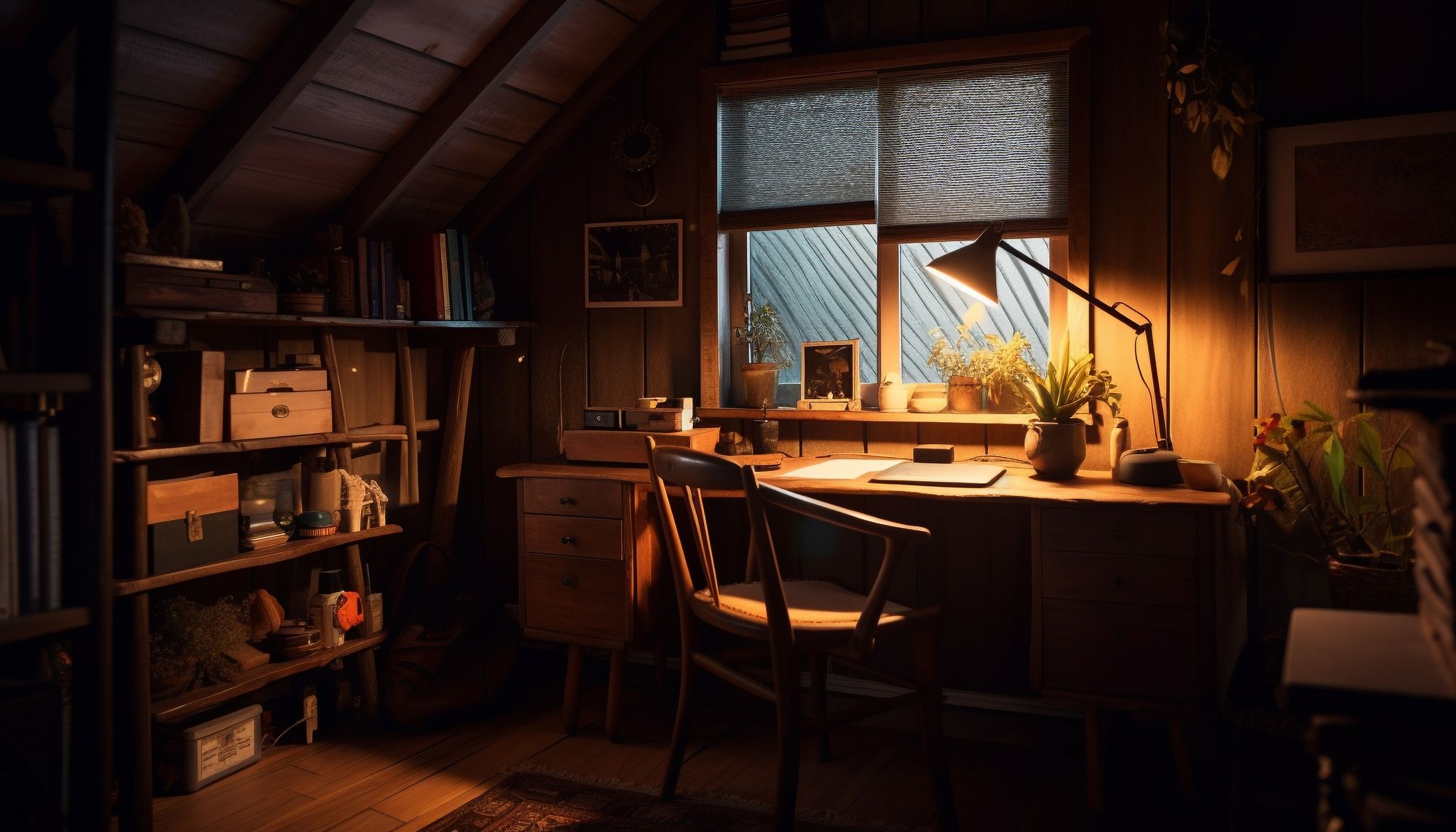
How do you know if your attic can be converted?
Before launching into an attic renovation, it's vital to ensure your attic is suitable for conversion. Here's a checklist of criteria that should be met:
- Sufficient Headroom: Building codes typically require living spaces to have at least 7.5 feet of clearance in over 50% of the room. If your attic is short on headroom, modifications like altering the roof line or adding dormers may be necessary, which can significantly add to the cost and complexity.
- Floor Joists: The existing floor joists must be strong enough to support the additional weight of a finished room. If not, they will need to be reinforced or replaced.
- Access: Your attic must be easily accessible, either through an existing staircase or the addition of a new one. Building codes usually require a full-sized staircase for rooms intended to be bedrooms or living spaces.
- Insulation and Ventilation: Attics can be prone to temperature extremes, so adequate insulation and ventilation are essential.
- Plumbing, HVAC, and Electrical Systems: If you plan to add a bathroom or require heating, cooling, or electrical outlets, your existing systems must be able to accommodate these additions.
- Windows and Exits: Building codes require emergency exit routes, so you'll need to plan for the installation of windows or potentially a second staircase.
- Soundproofing: If the attic is above a living space, soundproofing may be needed to prevent noise transmission.
- Pests and Mold: Ensure there are no signs of pest infestations or mold growth, which could lead to structural damage or health issues.
- Building Regulations: Check with your local building department for any codes or regulations specific to your area. Some localities might restrict the types of renovations allowed or require special permits.
- Structural Integrity: The overall structure of the house, including the foundation and walls, must be strong enough to support the additional weight from the attic conversion.
If your attic meets these criteria, it's a good candidate for conversion. If not, don't be disheartened. Some issues can be remedied, but it's crucial to factor these into your project's overall cost and timeline.
Attic Renovation Ideas and Inspiration:
Transforming your attic into a functional and stylish space can significantly improve your home's value and offer a unique area for various activities. Here are some inspiring attic renovation ideas:
- Home Office: With more people working from home, converting your attic into a home office offers a quiet and dedicated workspace. Consider incorporating built-in shelves for storage and large windows for natural light.
- Children's Playroom: An attic can be a perfect place for a playroom. Add vibrant colors, creative storage solutions for toys, and soft, comfortable flooring.
- Guest Bedroom: Turn your attic into a cozy guest bedroom. Consider installing skylights for extra light and ventilation, and use soft, warm colors for a welcoming feel.
- Home Gym: If fitness is your thing, why not turn your attic into a home gym? Install rubber flooring for safety, a wall mirror to check your form, and adequate ventilation to keep the space fresh.
- Artist's Studio: An attic can make a fantastic artist's studio with plenty of natural light. Add storage for art supplies and a clean-up area for convenience.
For visual inspiration, check out websites like Pinterest, which has countless images showcasing different attic renovations. Another great resource is Houzz, where you can find professional home design photos. Magazines like 'Home and Garden' or 'Architectural Digest' can also provide a wealth of design ideas.
Remember that the design should not only be aesthetically pleasing but functional as well. Consider the purpose of the room, the available space, and your personal preferences when deciding on the design.
Whether you want to create a quiet retreat, a bustling play space, or a productive work area, your attic holds the potential to transform into a room that reflects your lifestyle and needs. With a bit of creativity and planning, you can breathe new life into this often-overlooked space.
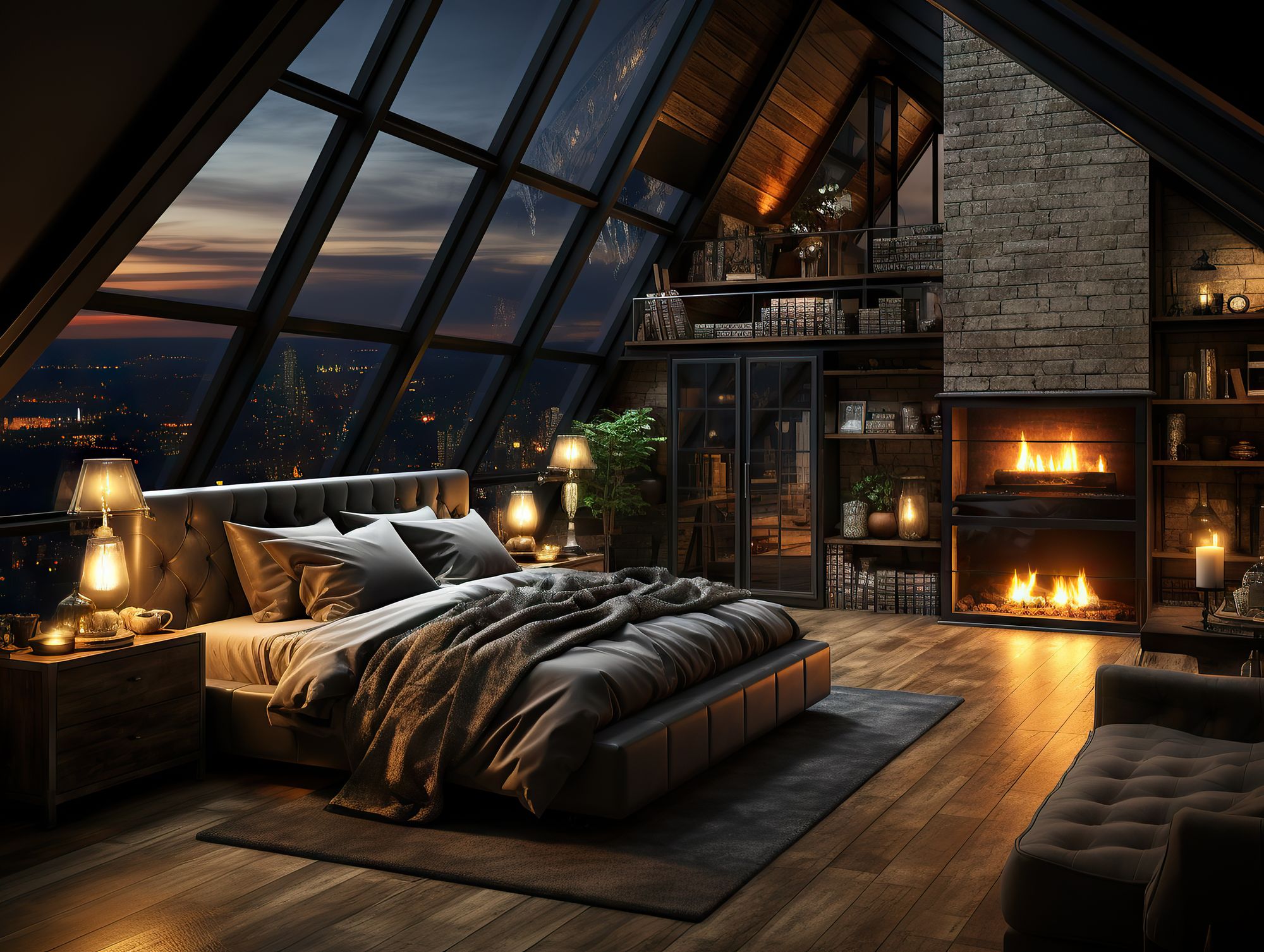
Understanding the Costs of an Attic Renovation:
The cost of renovating an attic can significantly vary based on the size of the space, the complexity of the project, and the materials used. However, to give you a rough idea, the average cost of an attic conversion in the U.S ranges from $15,000 to $85,000.
Here's a breakdown of the potential costs involved:
- Labor: This is usually the most significant expense, accounting for about 50-60% of the total cost. Depending on the project's complexity, it can range from $10,000 to $50,000. This includes costs for professionals such as carpenters, electricians, plumbers, and painters.
- Materials: The cost of materials can account for approximately 30-40% of the total budget. For a basic conversion, expect to pay around $5,000 to $30,000. This includes flooring, insulation, drywall, paint, and fixtures. If you're opting for high-end finishes or custom features, the cost can be significantly higher.
- Additional Expenses: These can make up around 10-20% of your budget. They include costs for permits, which can range from $100 to $2,000 depending on local regulations. There might also be costs for plans or architectural drawings, which can run from $1,000 to $5,000. If your attic needs structural reinforcement to support the conversion, this could add another $1,000 to $10,000.
- Unexpected Costs: It's good practice to set aside about 10-20% of your budget for unforeseen expenses. These could include issues like hidden water damage, electrical problems, or pest infestations that only become apparent once work begins.
Remember, these are rough estimates and the actual costs can vary based on your specific project and location. It's always a good idea to get several quotes from contractors to ensure you're getting a fair price. Also, keep in mind that while an attic renovation can be a considerable investment, it can also significantly increase your home's value if done correctly.
Understanding the Return on Investment from Attic Renovations
Investing in an attic renovation can significantly enhance the value of your home, providing both functional space and financial returns. This section explores the potential return on investment (ROI) from attic renovations, including relevant statistics, trends, and factors that can influence the financial outcome of your project.
Financial Benefits of Attic Renovations
- Increased Home Value: Converting an attic into a livable space typically offers one of the better returns on investment compared to other home improvement projects. According to the National Association of Realtors, homeowners can expect to recover an average of 50-75% of the renovation cost when they sell their home, depending on the nature and quality of the renovation.
- Added Square Footage: Attic conversions add usable square footage to your home, which is a significant factor in property valuation. More space often translates directly into higher property values, especially in markets where space is at a premium.
- Cost vs. Benefit: Compared to external expansions or additions, attic renovations often require less structural modification and can be more cost-effective, making them an attractive option for increasing living space without the extensive costs associated with building outward or upward.
Factors Influencing ROI
- Quality of Construction: The quality and craftsmanship of the renovation play a critical role in the ROI. High-quality materials and professional installation can greatly increase the attractiveness and durability of the space, appealing more to potential buyers.
- Functionality of the Space: The type of room into which the attic is transformed affects ROI. Bedrooms, bathrooms, and home offices tend to yield higher returns because they meet practical living needs. Unique or highly personalized renovations might not appeal to the broad market, potentially lowering ROI.
- Market Conditions: Real estate market trends in your area can significantly impact ROI. In high-demand or high-value neighborhoods, additional living space can dramatically increase a home’s market price. Conversely, in areas with lower demand, the return might not be as significant.
- Energy Efficiency: Modern buyers value energy efficiency. Incorporating energy-saving features like solar-powered heating systems, high-quality insulation, and energy-efficient windows can enhance the attic's appeal and contribute to a higher ROI.
- Regulatory Compliance: Ensuring that the renovation complies with local building codes and has the necessary permits can affect ROI. Illegal or non-compliant renovations can lead to fines, required removal of the renovation at the seller's expense, and a lower home value.
Current Trends and Statistics
- Home Office Demand: With the rise of remote work, having a home office can increase a property’s appeal and value. A well-designed attic office space can be particularly enticing to today's homebuyers.
- Rental Opportunities: In some markets, homeowners convert attics into rental units. This can provide an immediate income stream, thereby improving the overall ROI through both rental income and increased resale value.
- Multigenerational Living: As multigenerational living becomes more popular, attics are being transformed into living spaces for aging parents or adult children, adding to the home's value and utility.
Maximizing Your ROI
To maximize ROI, consider the following:
- Consult with Real Estate Professionals: Before beginning renovations, talk to local real estate agents to understand what features are most sought after in your area.
- Hire Qualified Contractors: Use reputable contractors who can ensure that the work is done to a high standard and remains compliant with all local codes.
- Keep Aesthetics Neutral: Choose designs and finishes that are broadly appealing to ensure your renovated space resonates with a wider pool of potential buyers.
In conclusion, attic renovations can offer a substantial return on investment by enhancing your home’s value and functionality. By understanding the factors that impact ROI and staying informed about market trends, homeowners can make strategic decisions that maximize their financial outcomes from such projects.
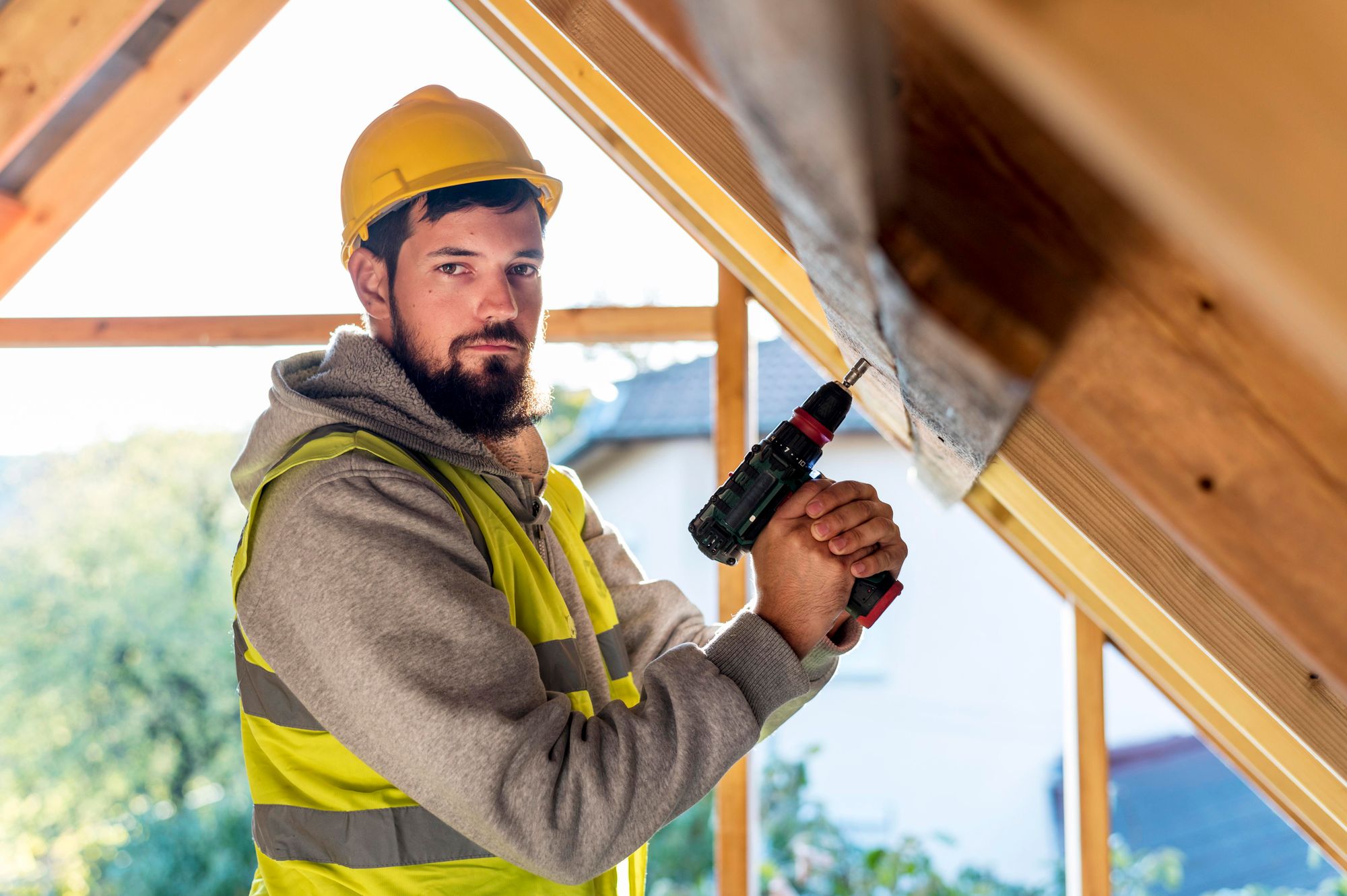
Maintenance and Care Tips for Attic Renovations
After transforming your attic into a beautiful and functional space, maintaining its condition is essential to ensure it remains comfortable, safe, and valuable over time. Here are some essential tips on maintaining attic renovations, focusing on common issues such as temperature control, moisture management, and the longevity of materials.
Regular Inspections and Maintenance
- Routine Checks: Regularly inspect your attic for any signs of wear and tear or damage. Look for cracks in the walls, ceiling, and floor, signs of water leakage, or any deterioration in the structure.
- Pest Control: Attics can be prone to pest infestations. Regularly check for signs of rodents or insects, and consider setting traps or consulting with pest control professionals to keep the area pest-free.
- Dust and Debris Cleaning: Due to their location, attics can accumulate dust and debris quickly. Clean the floors, windows, and any furniture regularly to keep the space neat and tidy.
Temperature Control
Maintaining a comfortable temperature in an attic can be challenging due to its direct exposure to the roof and external elements.
- Proper Insulation: Ensure your attic is well-insulated. This will help maintain a stable temperature and reduce energy costs. Check the insulation regularly and replace or upgrade it as needed to enhance its effectiveness.
- Ventilation Solutions: Install adequate ventilation systems, such as attic fans or vents, to manage the temperature. Proper ventilation helps to expel hot air during the summer and reduce moisture accumulation in the winter.
- Window Treatments: If your attic has windows, use thermal curtains or blinds to help control the temperature. These window treatments can block out heat during summer and retain heat during winter, providing a more comfortable environment year-round.
Moisture Management
Moisture can be particularly problematic in attics, leading to mold growth and structural damage.
- Dehumidifiers: Consider using a dehumidifier to control moisture levels, especially if you live in a humid climate. Regularly emptying and maintaining the dehumidifier ensures it operates efficiently.
- Check for Leaks: Regularly inspect the roof and windows for leaks. Early detection and repair of leaks can prevent water damage and the potential for mold growth.
- Mold Inspections: Keep an eye out for any signs of mold. If you discover mold, address it immediately to prevent spread. In cases of significant mold growth, it may be necessary to hire professionals to safely remove it.
Ensuring Longevity of Materials
- Material-Specific Care: Each material in your attic, from woodwork to metal fixtures, requires specific care. Polish wood surfaces, oil hinges, and clean metal fixtures to prevent corrosion and decay.
- Protective Coatings: Apply protective coatings or sealants to floors, walls, and other surfaces to guard against wear and extend their lifespan. These coatings can also enhance the aesthetic appeal of the materials.
- Upholstery and Fabric Maintenance: If your attic includes upholstered furniture or fabrics, clean them regularly to avoid dust accumulation and fading. Consider using fabric protectors to guard against stains and spills.
By implementing these maintenance and care tips, you can help ensure that your attic renovation remains in excellent condition, provides lasting value, and continues to be a functional and appealing space in your home. Regular maintenance not only preserves the aesthetics and functionality of the space but also helps in identifying potential issues early, saving time and money on repairs.
Frequently Asked Questions
- How long does an attic renovation take?
The duration of an attic renovation depends on the project's complexity. A simple renovation might take a few weeks, while a more complex project that includes adding a bathroom or changing the roofline could take several months.
- Do I need a permit for an attic renovation?
Yes, most attic renovations will require a permit, particularly if you're making structural changes or adding electrical or plumbing systems. Always check with your local building department to understand what is required.
- Can all attics be renovated?
Not all attics can be converted into a living space. Factors such as the attic's height, access, and structure will determine its suitability for conversion. Hiring a professional can help assess whether your attic can be renovated.
- What's the best way to insulate my renovated attic?
Insulation methods depend on your attic's structure and your local climate. Spray foam insulation is a popular choice due to its high R-value and ability to seal leaks. Fiberglass batts are another common option.
- How can I maximize space in my attic?
Using built-in storage, like drawers in knee walls or shelving in eaves, can help maximize space. Also, consider how you arrange furniture – positioning the largest pieces against walls can make the room feel larger.
- How can I ensure my renovated attic is well-ventilated?
Proper attic ventilation can be achieved through a combination of soffit vents, ridge vents, and gable vents. In some cases, a mechanical ventilation system might be necessary. A professional can help determine the best solution for your space.
In conclusion, an attic renovation is a significant project that can offer substantial benefits. It can provide additional living space, improve the functionality of your home, and significantly increase your property's value. The average cost of an attic conversion can range from $15,000 to $85,000, with labor, materials, and additional expenses being the main cost components.
However, not all attics are suitable for conversion, and it's essential to consider factors such as the attic's structure, height, and access. Furthermore, you will likely need a permit for the renovation, particularly if you're making structural changes or adding electrical or plumbing systems.
The example of the San Francisco homeowner demonstrates how a well-executed attic renovation can substantially boost property value. However, remember that the value added can depend on several factors, including the quality of the renovation, the property's location, and the local real estate market.
If you're considering an attic renovation, it's a good idea to start planning now. Consult with professionals, understand the costs involved, and explore the potential benefits. An attic renovation could be the perfect project to enhance your home and increase its value.


